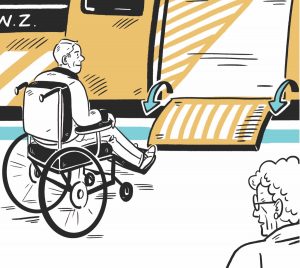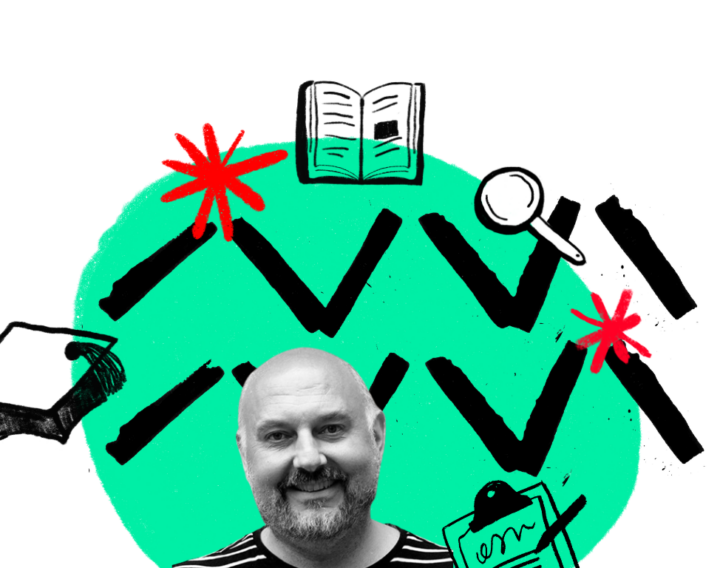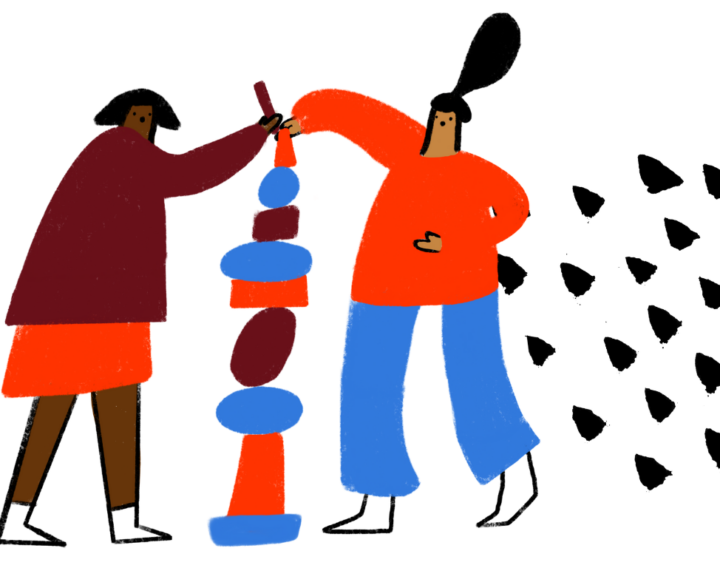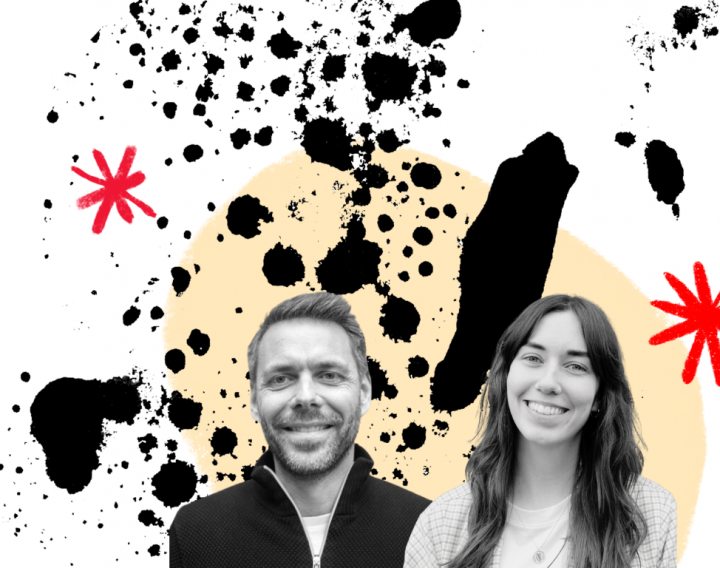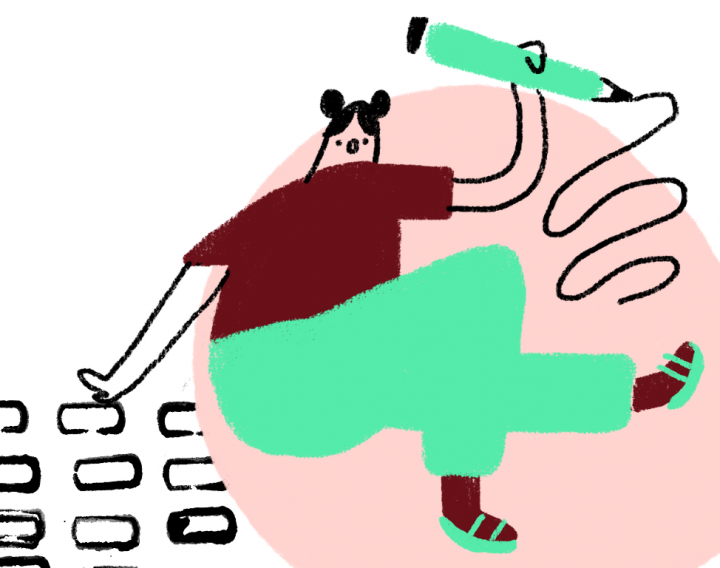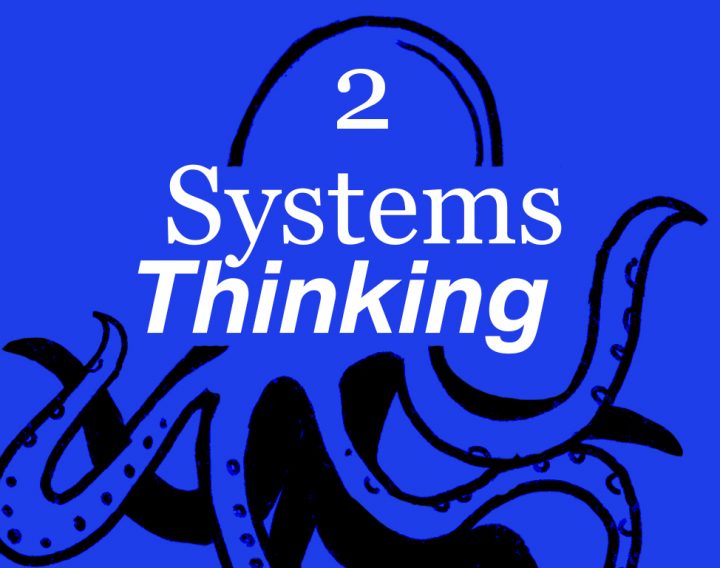How design patterns can help deliver better journeys across providers.
We sit in a no-man’s-land. The contested space for bikes, buggies, wheelchairs, bags and the occasional pet. A man who has just been wheeled on board asks if I can pass his bags. The attendant has left them out of reach and he needs to work. He is smartly dressed and makes this commute twice a week. He travels to the city for work on Mondays and returns home on Thursday for the weekend. The attendants often leave his bags out of reach. Sometimes they put them on his lap as they push him through the station. This hurts his legs. He jokes that today he is glad to be on board. Sometimes he is left in the waiting room, watching his train departure time come and go without anyone coming to help him on board. He is forgotten. Occasionally, Passenger Assist forget to take him off the train. He remains on board, travelling up and down the line until someone helps him.
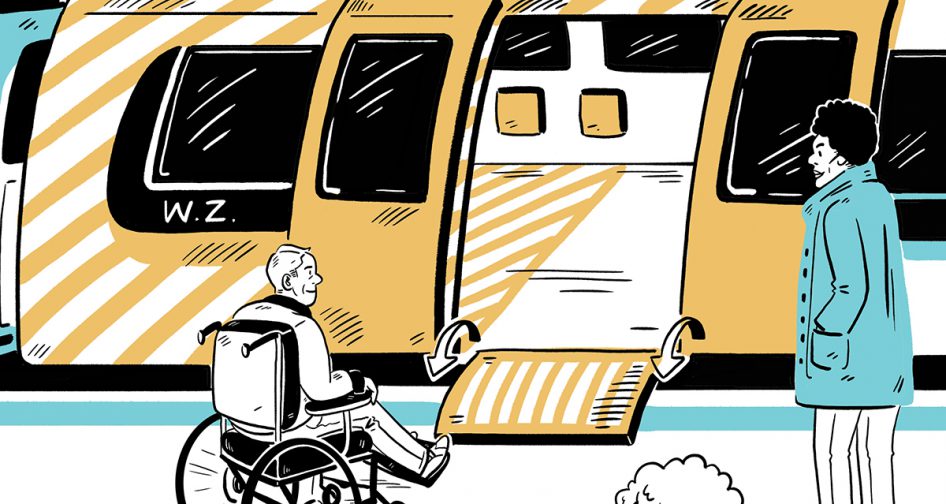
Illustration by Julia Scheele
Over years of conducting user research on buses, trains and planes, we’ve heard far too many stories like this. The Deaf student who ended up stuck on a train back at the depot after the service terminated early. He missed the audio announcement, and no one thought to check if there were people still on the train. The woman with the broken pelvis waiting for nearly an hour for someone to come and help her carry her bags between the train and taxi. The autistic child who was distraught at having to change trains three times in one journey and not being able to sit in the same seat. Too often we find out that people with a range of mental health issues consider navigating public transport too stressful.
Negative experiences like these often lead to people giving up on public transport, feeling safer and happier in private vehicles. This though further segregates them from society. Once people have invested in a car, they are unlikely to switch back.
There is some great work being done by the likes of Neatbox, West Midlands Railway and others to overcome many barriers to travel for people with a range of physical and mental health needs.
These stories and many more have several common features:
1. Problems that could be designed-out in advance
Most of the issues could have been planned or designed-out in advance, by involving users in the design process and testing prototypes with a range of people before implementation. From physical challenges like the poles on trains that prevent wheelchair passengers from passing, or digital signs with road names being placed behind the wheelchair seat on some buses. To more complex challenges like the autistic child wanting to sit in the same seat number for a rail journey.
2. Friction at boundaries
The majority of challenges also occur in the changes between transport modes and providers. Where transport providers have a support service, this often does not cover the end-to-end passenger journey, only the part provided by that organisation. Providers need to help their customers reach their destination.
This highlights a key opportunity for Mobility as a Service (MaaS) concepts to better connect multiple modes and create an easier journey for passengers with accessibility needs.
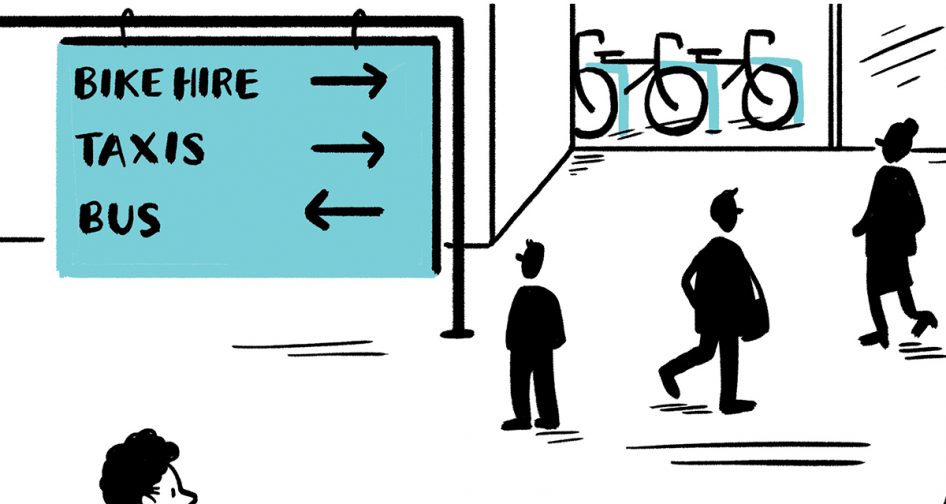
Illustration by Julia Scheele
3. Human error and misunderstanding
Things go wrong with human interactions, often unintentionally and due to a lack of awareness. The heavy bags that were placed on the wheelchair user’s lap, the driver who announced the train termination over audio without realising there may be a Deaf passenger on board. All of the stories are everyday journeys that people should be able to make easily and without unnecessary stress.
This suggests that staff roles need redesigning to provide a great experience. Ensuring all customer-facing staff have the right training, such as specific disability awareness and mental health first aid. Enough time to help people and treat them as individuals, emphasis on empathy as a job requirement, permission to be flexible when necessary.
Research is also needed into the organisational processes and rules that are causing the current challenges.
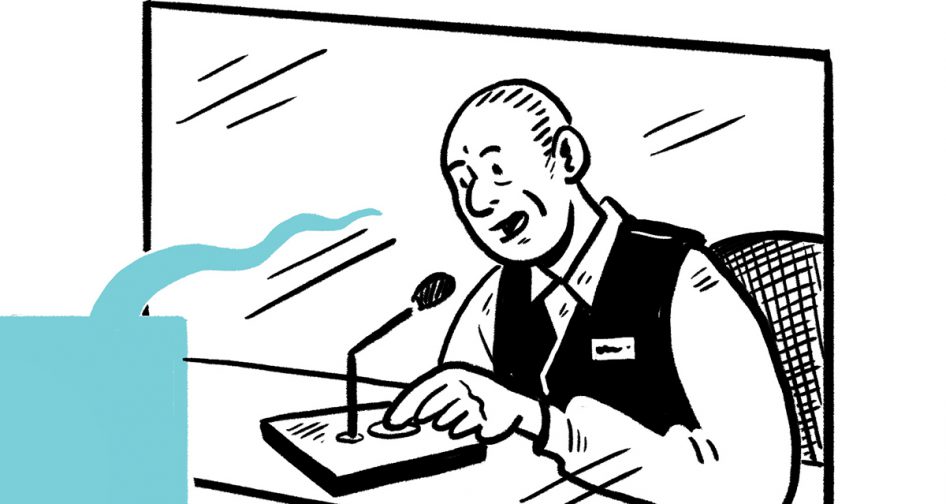
Illustration by Julia Scheele
We need to design services that meet the needs of people with both physical and mental health requirements. And this needs to be across all transport services, not just special apps that work in certain areas or for one provider.
Design patterns for accessible and inclusive transport
Service design patterns offer a great opportunity to create more accessible transport services.
Design patterns stem from architectural practice, such as making sure steps on stairs are equally spaced for ease of walking. They have since been applied in the service design world by GDS, Projects by If and here at Snook to ensure consistent experiences for users across multiple services.
Defining accessible design patterns for transport services would enable all providers to adapt their services to meet a range of needs, without each provider having to conduct specific research or design individual apps. Good service experiences go far beyond apps and design patterns could be used for better experiences at stations, planning travel, face-to-face with staff and over the phone. Furthermore, a set of standards would help hold providers to account when things go wrong or fall beneath an acceptable level.
At Snook, we want to develop service design patterns for accessible transport as part of our mission to help deliver better, more human-centred travel. We are looking for partners and are exploring funding options, so if you are interested in working together get in touch! Email curious@wearesnook.com with the subject line Design Patterns for Accessible Travel.
